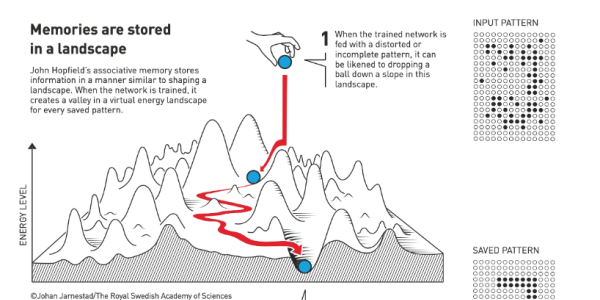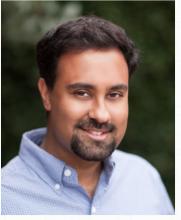
The physical origins of artificial intelligence
Prof. Surya Ganguli, Stanford University
We will review the science underlying the recent award of the Nobel Prize to John Hopfield and Geoffrey Hinton for developing the foundations of modern artificial intelligence using tools from physics. This award has generated some misplaced controversy, with (some younger) computer scientists claiming AI has nothing to do with physics, and (some older) physicists claiming physics has nothing to do with AI. On the contrary, I will explain how this prize was an inspired choice awarding decades of ground breaking interdisciplinary work originating in statistical physics, and leading through a direct causal chain to modern deep learning, through seminal models like the Hopfield model and the Boltzmann machine. I will also explain how the Hopfield model is connected to very recent developments, including diffusion models and transformers. Throughout, I will also sprinkle a few jokes I personally exchanged with Geoffrey Hinton last week.
About Prof. Surya Ganguli

Surya Ganguli triple majored in physics, mathematics, and EECS at MIT, completed a PhD in string theory at Berkeley, and a postdoc in theoretical neuroscience at UCSF. He is now an associate professor of Applied physics at Stanford where he leads the Neural Dynamics and Computation Lab. He has also been a visiting researcher at both Google and Meta AI and is currently a Venture Partner at a16z. His research spans the fields of neuroscience, machine learning and physics, focusing on understanding and improving how both biological and artificial neural networks learn striking emergent computations. He has been awarded a Swartz-Fellowship in computational neuroscience, a Burroughs-Wellcome Career Award, a Terman Award, two NeurIPS Outstanding Paper Awards, a Sloan fellowship, a James S. McDonnell Foundation scholar award in human cognition, a McKnight Scholar award in Neuroscience, a Simons Investigator Award in the mathematical modeling of living systems, an NSF career award, and a Schmidt Science Polymath Award.
Audience:

